DRD1
-
Official Full Name
dopamine receptor D1 -
Overview
The D1 subtype is the most abundant dopamine receptor in the central nervous system. This G protein coupled receptor stimulates adenylyl cyclase and activates cyclic AMP dependent protein kinases. D1 receptors regulate neuronal growth and development, mediate some behavioral responses, and modulate dopamine receptor D2 mediated events. Alternate transcription initiation sites result in two transcript variants of this gene. Dopamine receptor D1 has been reported mostly in various regions of the brain. ESTs have been isolated from normal olfactory epithelium and cancerous genitourinary tract libraries. -
Synonyms
DRD1;dopamine receptor D1;DADR;DRD1A;D(1A) dopamine receptor;Dopamine D1 receptor;OTTHUMP00000161116
Recombinant Proteins
- Human
- Rhesus macaque
- Chicken
- Mouse
- Rat
- Sus scrofa (Pig)
- Oryctolagus cuniculus
- Macaca mulatta
- Bovine
- Xenopus laevis
- E.coli
- Wheat Germ
- Mammalian Cells
- HEK293
- In Vitro Cell Free System
- His
- GST
- Non
- Myc
- DDK
- Flag
- Avi
- Fc
Background
What is DRD1 protein?
DRD1 gene (dopamine receptor D1) is a protein coding gene which situated on the long arm of chromosome 5 at locus 5q35. This gene encodes the D1 subtype of the dopamine receptor. The D1 subtype is the most abundant dopamine receptor in the central nervous system. This G-protein coupled receptor stimulates adenylyl cyclase and activates cyclic AMP-dependent protein kinases. D1 receptors regulate neuronal growth and development, mediate some behavioral responses, and modulate dopamine receptor D2-mediated events. The DRD1 protein is consisted of 446 amino acids and DRD1 molecular weight is approximately 49.3 kDa.
What is the function of DRD1 protein?
The DRD1 protein is a G-protein-coupled receptor that is mainly distributed in the cerebral cortex and plays a crucial role in the regulation of emotional, cognitive and motor functions. The function of DRD1 is closely associated with a variety of neurological disorders, including Parkinson's disease, schizophrenia, and drug addiction. The activation of DRD1 can promote neuronal excitability and influence intracellular cAMP level through the signal transduction pathway mediated by G protein, thereby regulating the physiological activity of neurons.
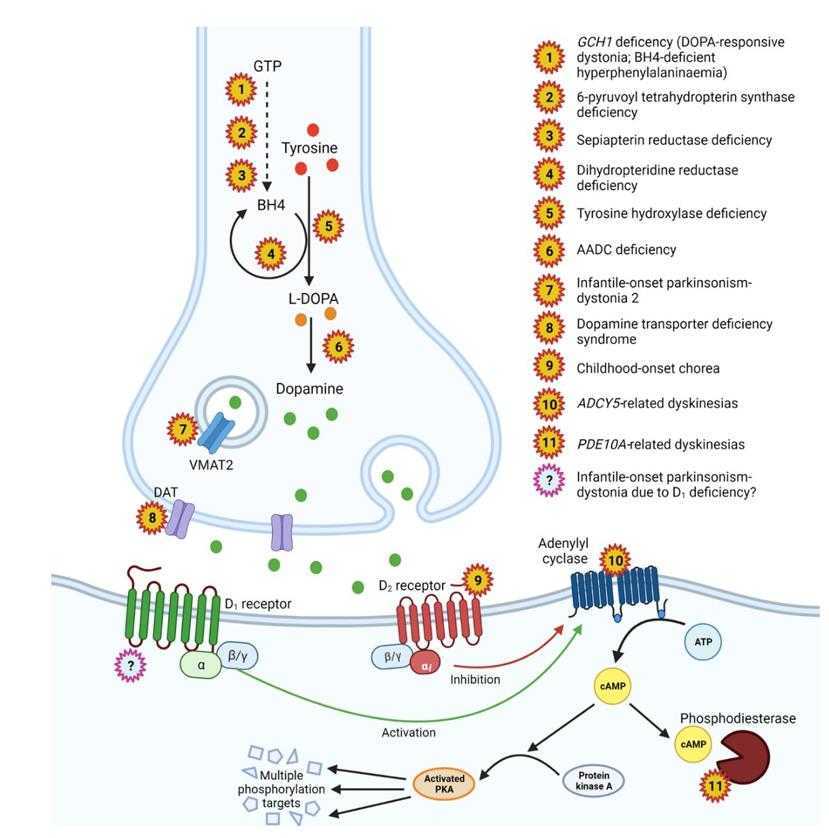
Fig1. Dopamine pathway in the pre-synaptic dopaminergic neuron: key enzymes, proteins and associated diseases. (Kimberley M Reid, 2023)
DRD1 Related Signaling Pathway
DRD1 is mainly coupled with the activated G protein Gs to stimulate the production of cyclic adenosine monophosphate (cAMP), the downstream second messenger, thereby activating PKA (protein kinase A) and regulating neuronal excitability. Activation of DRD1 can indirectly affect the opening and closing of ion channels through G proteins, thereby altering the potential of cell membranes and neuronal activity. The activation of DRD1 can activate the phosphatidylinositol signaling pathway through G protein, resulting in an increase in intracellular calcium ion levels and affecting neuronal signaling. DRD1 may also influence neuroinflammation and immune cell function by modulating neuro-immune interactions. DRD1 may interact with other types of dopamine receptors or neurotransmitter receptors to participate in complex neural signaling networks.
DRD1 Related Diseases
Decreased DRD1 signaling is associated with motor symptoms of Parkinson's disease, which is often associated with loss of dopaminergic neurons. Abnormal functioning of DRD1 is thought to be associated with both positive and negative symptoms of schizophrenia. Alterations in dopamine signaling, specifically changes in DRD1, have been linked to emotional and cognitive symptoms of depression. While ADHD is primarily associated with dopamine transporters and DRD2, DRD1 may also play a role in regulating attention and behavior. The dopamine system, including DRD1, is involved in the neurobiological mechanisms of reward and addictive behavior. DRD1 may be involved in the regulation of neuro-immune interactions and affect the occurrence of neuroinflammation.
Bioapplications of DRD1
DRD1 is a popular drug target for the treatment of Parkinson's disease, schizophrenia, and other neuropsychiatric disorders. Develop selective and specific DRD1 agonists or antagonists that can be used to regulate dopamine signaling and improve related symptoms. Activation of DRD1 may have a protective effect on neurons, preventing apoptosis, and therefore has potential applications in the treatment of neurodegenerative diseases. DRD1 plays an important role in cognitive function and mood regulation, and its activation or suppression may help treat depression, anxiety, and other mood disorders. Due to the role of DRD1 in the neurobiological mechanisms of reward and addictive behavior, drugs targeting DRD1 may be useful in the treatment of drug addiction and other addictive disorders.
Case Study
Case Study 1: Hui Luo, 2024
Although the neurotransmitter dopamine (DA) plays a crucial pathophysiologic role after traumatic brain injury (TBI), its function and specific underlying mechanisms of action remain unclear. Researchers administered DA intraperitoneally to mice for 14 consecutive days, starting 8 h before CCI. The results also showed that DRD1 signaling promotes RIPK1 ubiquitination via the E3 ubiquitin ligase Chip and then degradation through autophagy. Importantly, in vivo data revealed that DRD1 signaling prevented neural death, suppressed neuroinflammation, and restored many TBI-related functional sequelae.
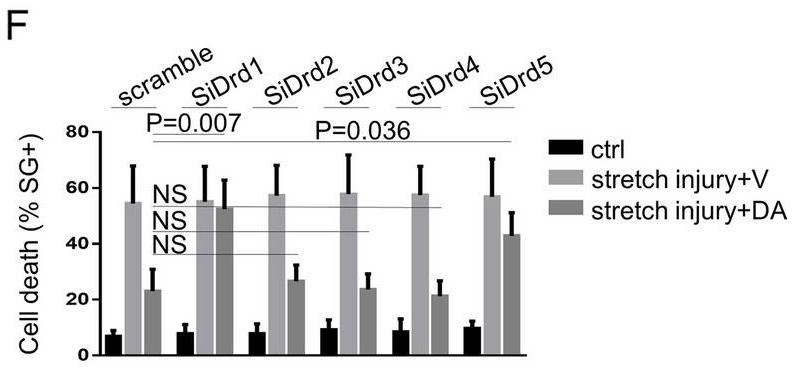
Fig1. Quantification of cell death from primary neurons.
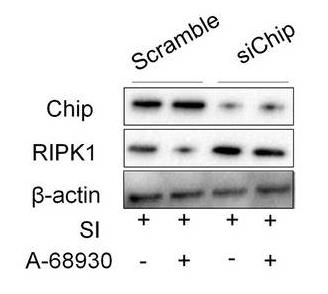
Fig2. DRD1 signaling promotes RIPK1 ubiquitination and degradation via Chip.
Case Study 2: Licheng Li, 2024
This study aims to elucidate the influence of dopamine receptor 1 (DRD1) on the proliferation of mouse corneal epithelial cells (MCECs) under inflammatory conditions. In vitro, immortalized MCECs (iMCECs) were treated with IL-1β, with and without pcDNA3.1_DRD1. Primary MCECs (pMCECs) were exposed to IL-1β, with and without DRD1 agonist (A68930). To establish a corneal injury model in mice, a 2-mm superficial keratectomy was performed. Western blotting and real-time quantitative PCR were utilized for quantitative analysis of DRD1 in mouse corneas. Overexpression of DRD1 and A68930 promoted MCEC proliferation and suppressed the expression of NLRP3, IL-1β, and IL-6 in vitro. In conclusion, DRD1 treatment counteracts NLRP3-associated inflammation and facilitates epithelial repair of corneal injury.
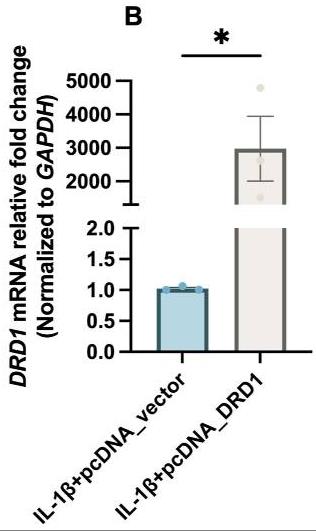
Fig3. DRD1 was successfully overexpressed in iMCECs by pcDNA_DRD1.
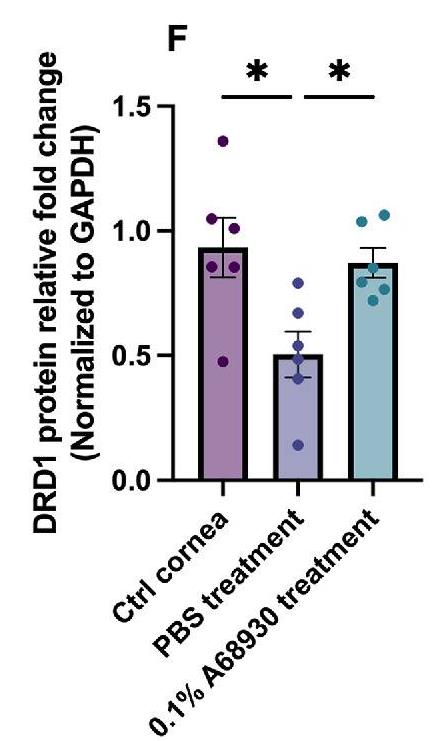
Fig4. Quantification analysis of DRD1 protein expression via western blotting.
Quality Guarantee
.
.jpg)
Fig1. SDS-PAGE (DRD1-15H)
.
.jpg)
Fig2. SDS-PAGE (DRD1-1269M)
Involved Pathway
DRD1 involved in several pathways and played different roles in them. We selected most pathways DRD1 participated on our site, such as Alcoholism,Amine ligand-binding receptors,Calcium signaling pathway, which may be useful for your reference. Also, other proteins which involved in the same pathway with DRD1 were listed below. Creative BioMart supplied nearly all the proteins listed, you can search them on our site.
| Pathway Name | Pathway Related Protein |
|---|---|
| Alcoholism | GM14479,HDAC11,CRH,SHC4,GNGT1,HDAC3,H2BFWT,MAPK1,GRB2,SHC3 |
| Dopamine receptors | DRD4,DRD5,DRD3,DRD2 |
| Amine ligand-binding receptors | ADRB3,CHRM1,HRH3,DRD3,ADRA2A,CHRM4,TAAR1,ADRB2,ADRA1D,ADRA2C |
| Dopaminergic synapse | DRD4,PPP2R3C,GNG4,GNAI2,COMT,CALM3,PRKACG,PPP2CB,PRKACA,GNB1 |
| Calcium signaling pathway | ATP2A2,P2RX3,CALM1A,TACR1B,VDAC3,CALML5,CALM3,PDGFRB,CACNA1C,OXTR |
| Class A/1 (Rhodopsin-like receptors) | OPN1LW2,ADORA1,CCRL2,CNR2,OXGR1,PENK,CCL19A.2,GPR55,ADRA1B,OPN1SW |
| Cocaine addiction | GRM2,ATF4,GRIN2D,RGS9,CREB3,SLC18A1,ATF6B,GRM3,DRD2,NFKB1 |
Protein Function
DRD1 has several biochemical functions, for example, ATPase binding,D3 dopamine receptor binding,G-protein alpha-subunit binding. Some of the functions are cooperated with other proteins, some of the functions could acted by DRD1 itself. We selected most functions DRD1 had, and list some proteins which have the same functions with DRD1. You can find most of the proteins on our site.
| Function | Related Protein |
|---|---|
| protein heterodimerization activity | TENM3,TFDP3,GCLC,GTF2A2,CENPW,MAFA,SCUBE1,MPP7,CAPN2,ITGA3 |
| dopamine binding | DRD5,TH,DRD1B,SLC6A3,GPR143,DRD2L,DRD2A,DRD4,DRD2,ADRB2 |
| G-protein coupled amine receptor activity | DRD5,TAAR7F,DRD4,TAAR9,TAAR13C,TAAR7D,TAAR8C,DRD4B,DRD4A,TAAR6 |
| protein binding | UBE2M,C19orf44,PSMA4,STARD10,ZBTB7C,DDX19B,MIPOL1,IPO5,ZFAND6,FXR2 |
| dopamine neurotransmitter receptor activity | DRD1B,DRD4B,DRD2A,DRD5,DRD4,DRD7,DRD2B,DRD4A,DRD1A,DRD4-RS |
| D3 dopamine receptor binding | DRD1A,CLIC6,PALM |
| protein complex binding | WASF1,CPS1,Ctsl,KCTD5,VAMP2,PLK2,NCOA1,CYFIP1,FGFR1,PPARA |
| protein phosphatase binding | TP53,SKAP1,PPME1,VCAN,DLG4,PPP6R1,MAP2K7,KAT2A,AP3B1,EIF2AK3 |
| G-protein alpha-subunit binding | RIC8A,IGF1R,F2R,CRHR1,RGS19,PPP5C,AGTR1A,LPAR3,RGS4,LPAR1 |
Interacting Protein
DRD1 has direct interactions with proteins and molecules. Those interactions were detected by several methods such as yeast two hybrid, co-IP, pull-down and so on. We selected proteins and molecules interacted with DRD1 here. Most of them are supplied by our site. Hope this information will be useful for your research of DRD1.
sch_23390
Resources
Gene Families
Research Area
Related Services
Related Products
References



